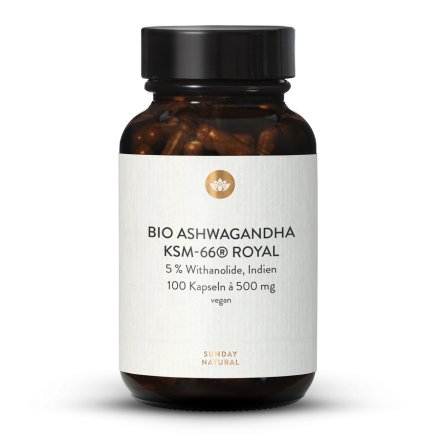The maca plant (Lepidium meyenii) belongs to the cruciferous family and the cress genus (Lepidium). It is thus related to watercress, garden cress, rapeseed and mustard. Maca, also known as Peruvian ginseng, is native to the Peruvian Andes, where it has been cultivated at high altitudes for about 2,000 years. It is considered a complete food in the Andes and is used as a tonic for their armed forces. Mainly the tubers of the maca plant are used; they taste slightly sweet and can be boiled or slowly baked in the oven. The region's traditional dishes also include a sweet and very aromatic porridge made from maca, known as mazamorra.
Black Maca
Maca varieties, along with their differing colouration, have distinct characteristics due to the unique spectrum of ingredients they each contain. The main varieties of maca are yellow, black and red, but the roots are not easily distinguishable when ground into a powder. Only black maca is contained here.
Extract
Maca products are available in a variety of preparations and dosages. In an extraction, one or several constituents are separated from the raw plant material by solvents (in this case, water and food grade ethanol), resulting in a concentrate in which the valuable phytochemicals are present in a condensed form. This process also results in improved digestibility, as any starches that are difficult to digest are filtered out during the extraction process. The phytochemicals that remain are thus easier to absorb.
Arginine
Arginine (also called L-arginine) is a semi-essential proteinogenic amino acid, which means that it is produced by the body via the urea cycle but must also be supplied in the diet to meet requirements. Arginine has the highest nitrogen content of all amino acids and is the sole precursor of nitric oxide (NO), the smallest of all neurotransmitters.


































